- Benefits of Growing Grouse in Your Garden
- 1. Easy to Grow
- 2. Attractive Ornamental Plant
- 3. Drought-Tolerant
- 4. Pest-Resistant
- 5. Soil Improver
- 6. Culinary Uses
- 7. Wildlife Habitat
- Popular Types of Grouse
- 1. Willow Grouse
- 2. Sage Grouse
- 3. Ruffed Grouse
- 4. Capercaillie
- 5. Black Grouse
- 6. Sharp-tailed Grouse
- 7. Spruce Grouse
- How to Choose the Right Grouse for Your Garden
- 1. Climate and Growing Conditions
- 2. Size and Space
- 3. Gardening Experience
- 4. Desired Purpose
- 5. Research and Consultation
- Tips for Planting and Caring for Grouse
- Common Issues and How to Deal with Them
- Pests
- Diseases
- Improper Growing Conditions
- Competition with Weeds
- Harvesting Issues
- Conclusion
- Delicious Recipes Using Grouse
- Grouse with Red Wine Sauce
- Grilled Grouse Salad
- Grouse Stew
- Questions and Answers:
- What is a grouse?
- Can grouse be grown in a garden?
- What types of grouse are there?
- What is the difference between Willow Grouse and Black Grouse?
- Are there any specific varieties of grouse?
- What are the habitat requirements for grouse?
- How can I attract grouse to my garden?
- Videos: COMPANION PLANTING, INTERCROPPING, & SUCCESSION PLANTING in Action: A Hands-On Guide t
Welcome to your ultimate guide on grouse! Whether you are an experienced gardener or just starting out, this article will provide you with all the information you need to grow grouse in your garden. With their beautiful flowers and unique foliage, grouse are sure to add a touch of elegance to any outdoor space. From choosing the right variety to caring for your grouse plants, we’ve got you covered.
Grouse plants belong to the Primulaceae family and are native to temperate regions around the world. These hardy perennials are known for their clusters of bell-shaped flowers that come in a wide range of colors, including pink, purple, white, and yellow. Some varieties even have speckled or veined petals, adding an extra layer of visual interest to your garden.
The most common types of grouse include the Primula vulgaris and the Primula veris. The Primula vulgaris, also known as the common primrose, is a low-growing plant that produces fragrant flowers in early spring. The Primula veris, or cowslip, has larger flowers and blooms slightly later in the season. Both types are easy to grow and make a delightful addition to any garden.
When it comes to growing grouse, there are a few key factors to keep in mind. Grouse plants prefer partial shade, so choose a spot in your garden that gets morning sun and afternoon shade. They also thrive in moist, well-draining soil, so be sure to provide adequate water and amend your soil with organic matter if necessary.
In terms of care, grouse plants are relatively low-maintenance. Regular watering is essential, especially during dry periods, to keep the soil evenly moist. Deadheading spent blooms will encourage continued flowering throughout the season. Additionally, a layer of mulch around the plants can help conserve moisture and suppress weeds.
Now that you have all the information you need, it’s time to start growing grouse in your garden! With their beautiful flowers, easy care requirements, and wide range of varieties, grouse plants are sure to become a beloved addition to your outdoor space. Happy gardening!
Benefits of Growing Grouse in Your Garden
Grouse is a versatile and beneficial plant to grow in your garden. Here are some of the key benefits of including grouse in your garden:
1. Easy to Grow
Grouse is a relatively easy plant to grow, making it suitable for both inexperienced and experienced gardeners. It requires minimal maintenance and can adapt to a variety of growing conditions.
2. Attractive Ornamental Plant
Grouse is known for its vibrant and attractive flowers, which can add a burst of color to your garden. It is a visually appealing plant that can enhance the aesthetic appeal of your outdoor space.
3. Drought-Tolerant
Grouse is a drought-tolerant plant, meaning it can thrive in dry conditions and requires less water compared to other plants. This makes it an excellent choice for areas with limited water resources or for gardeners looking to conserve water.
4. Pest-Resistant
Grouse plants are known for their natural pest-resistant properties. They have a strong aroma that repels many common garden pests, reducing the need for synthetic pesticides or insecticides.
5. Soil Improver
Grouse has deep roots that help improve soil structure and increase its fertility. The plant’s roots break up compacted soil, allowing for better water drainage and aeration. It also adds organic matter to the soil as it decomposes, enriching it with nutrients.
6. Culinary Uses
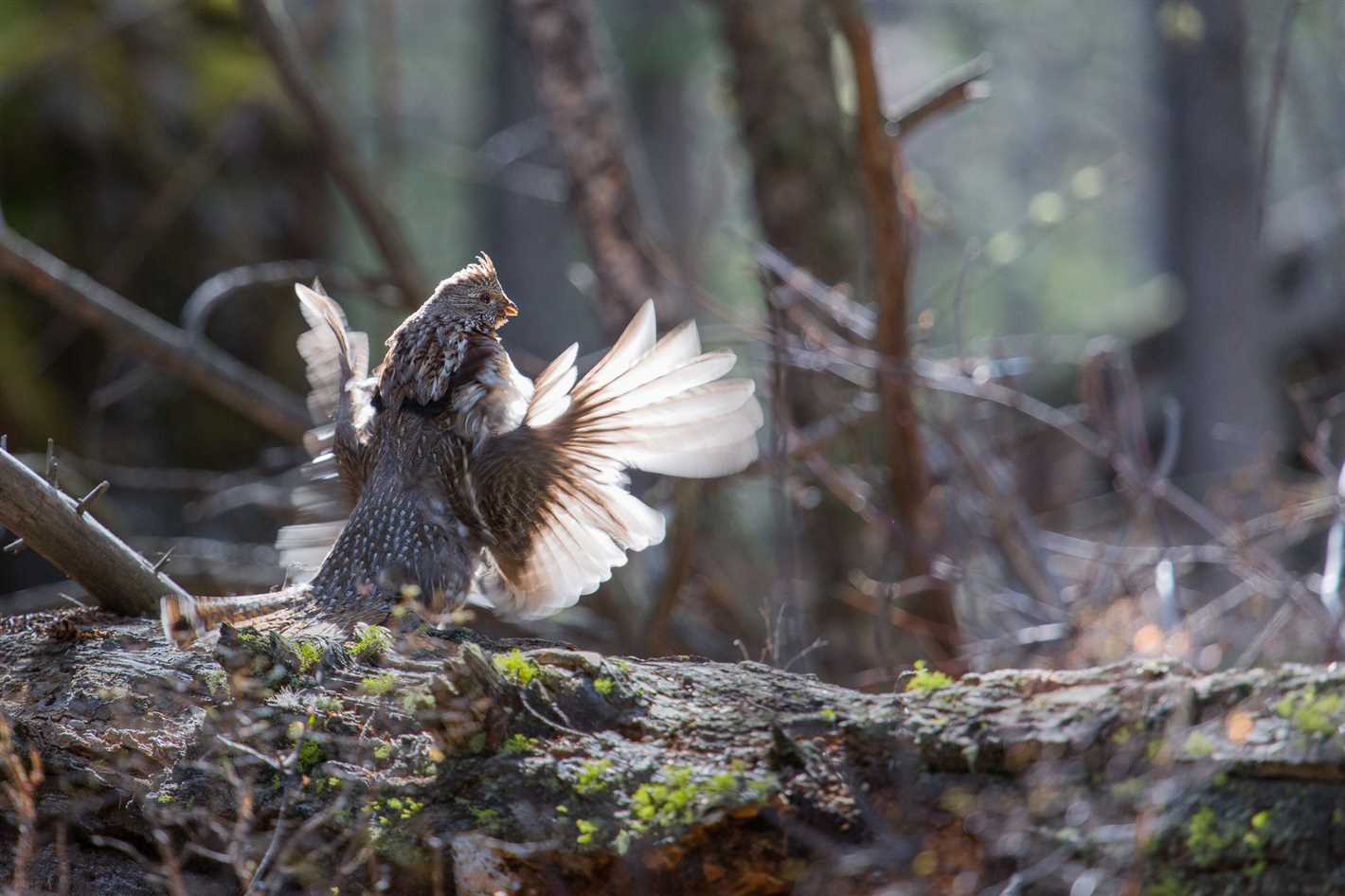
Some varieties of grouse, such as the edible grouse, can be used in various culinary preparations. The leaves, stems, and flowers of grouse can be added to salads, soups, stir-fries, and herbal teas, providing a unique flavor and nutritional benefits.
7. Wildlife Habitat
The flowers of grouse are attractive to butterflies, bees, and other pollinators, making it an excellent choice for attracting beneficial insects to your garden. The plant also provides shelter for small animals and birds, creating a habitat that supports local wildlife.
By growing grouse in your garden, you can enjoy its many benefits while creating an attractive and sustainable outdoor space. Whether you’re a novice gardener or an experienced one, grouse is a plant that is worth considering for its versatility and numerous advantages.
Popular Types of Grouse
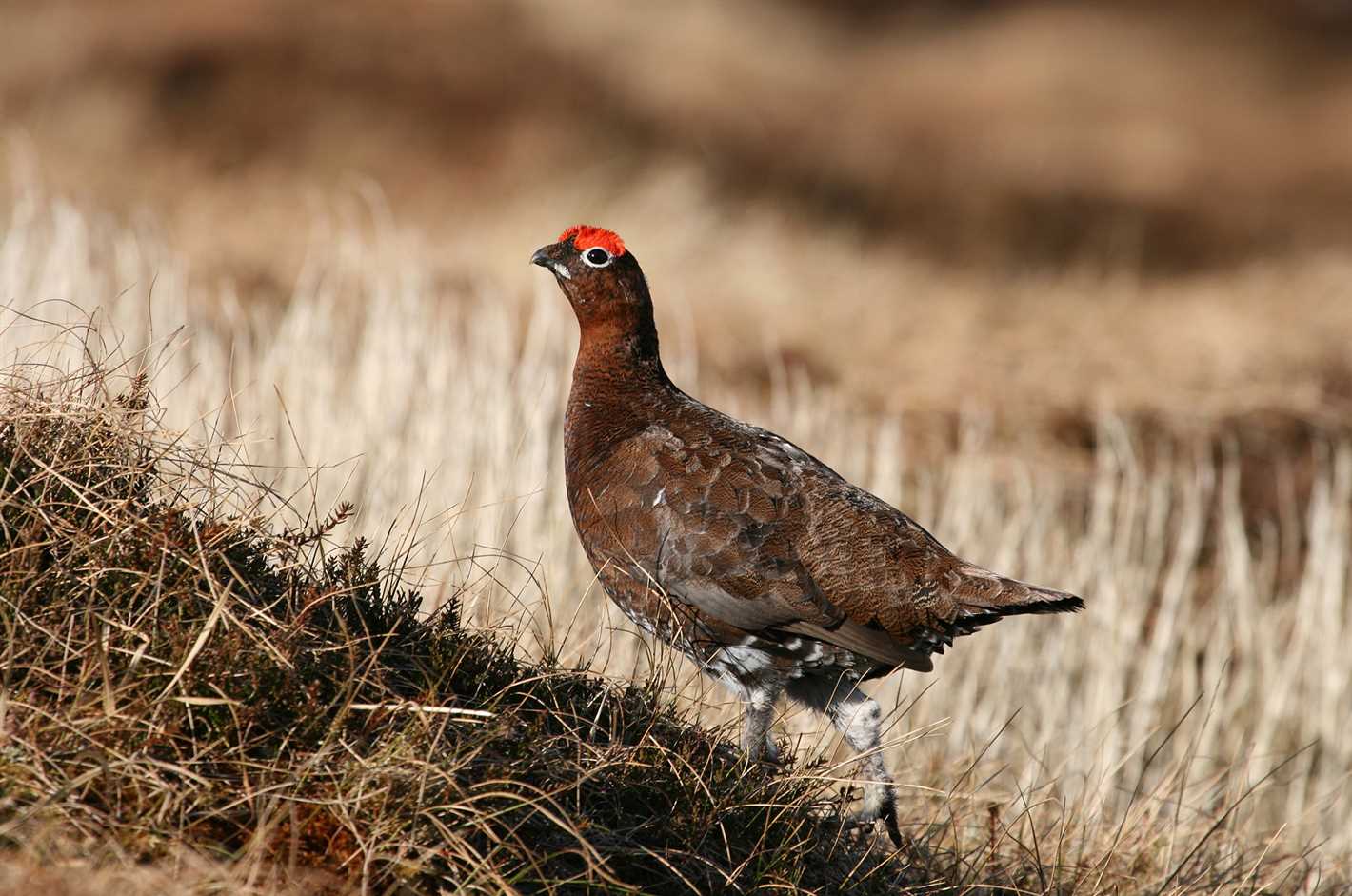
Grouse is a popular type of bird, and there are many different species and varieties that can be found around the world. Here are some of the most popular types of grouse:
1. Willow Grouse
The willow grouse, also known as the ptarmigan, is a type of grouse that is found in the northern parts of North America, Europe, and Asia. It is known for its ability to camouflage with its surroundings, changing its plumage from brown in summer to white in winter.
2. Sage Grouse
The sage grouse is a large bird that is found in the sagebrush habitats of North America. It is known for its elaborate courtship displays, which involve inflating its chest and fanning its tail feathers. The sage grouse is an important indicator species for the health of the sagebrush ecosystem.
3. Ruffed Grouse
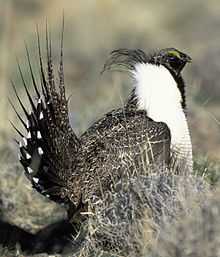
The ruffed grouse is a medium-sized bird that is found in North America. It is known for its distinctive mottled plumage and the tufts of black feathers on the sides of its neck, which resemble a ruff. The ruffed grouse is a popular game bird among hunters.
4. Capercaillie
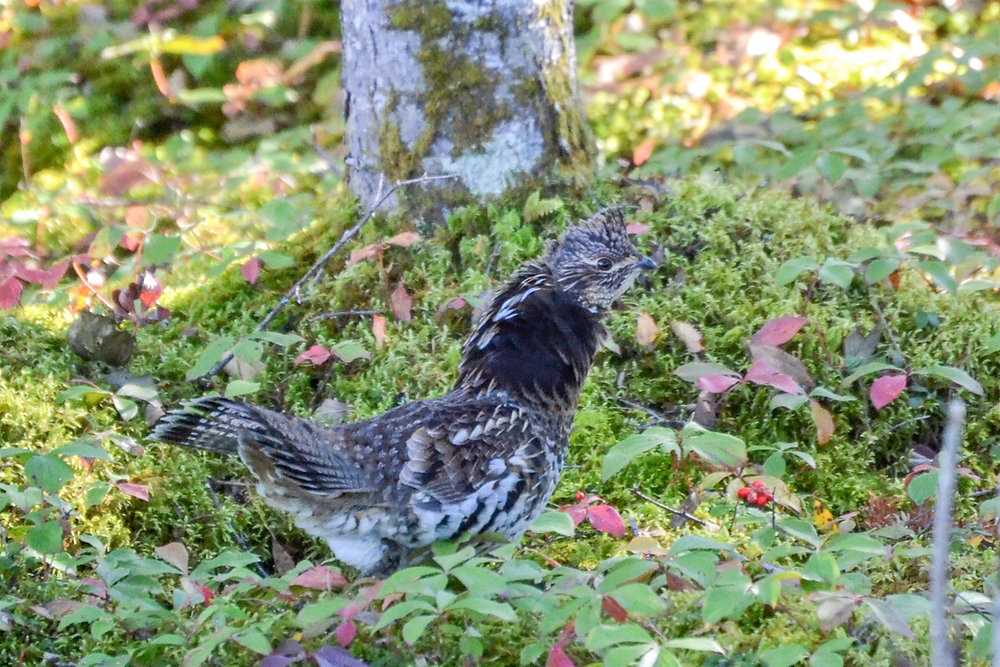
The capercaillie is a large grouse species that is found in the forests of Europe and parts of Asia. It is known for its elaborate courtship display, which involves the males making a loud drumming noise and spreading their wings and tail feathers. The capercaillie is an iconic species in many European countries.
5. Black Grouse
The black grouse is a medium-sized grouse species that is found in parts of Europe and Asia. It is known for its striking black plumage and its elaborate courtship display, which involves the males making bubbling noises and leaping into the air. The black grouse is a threatened species in many countries.
6. Sharp-tailed Grouse
The sharp-tailed grouse is a medium-sized bird that is found in North America. It is known for its pointed tail feathers, which give it its name. The sharp-tailed grouse is a popular game bird and is often hunted for sport.
7. Spruce Grouse
The spruce grouse is a medium-sized bird that is found in the forests of North America. It is known for its unique plumage, which includes a combination of brown, black, and white feathers. The spruce grouse is a popular bird for birdwatchers to spot in its natural habitat.
These are just a few of the popular types of grouse that can be found around the world. Each species and variety has its own unique characteristics and behaviors, making them fascinating subjects for study and observation.
How to Choose the Right Grouse for Your Garden
Choosing the right grouse for your garden can be an exciting and rewarding experience. With so many types and varieties available, it’s important to consider a few key factors before making your decision.
1. Climate and Growing Conditions
The first thing to consider is the climate and growing conditions in your garden. Some grouse varieties thrive in hot and dry conditions, while others prefer cooler temperatures and more moisture. Take into account the average temperature, rainfall, and sunlight in your area to determine which grouse varieties are best suited for your garden.
2. Size and Space
Another important factor to consider is the size and space available in your garden. Some grouse varieties can grow quite large and require ample space to spread out, while others are more compact and can be grown in smaller areas. Consider the size of your garden and how much space you’re willing to dedicate to grouse plants before making your selection.
3. Gardening Experience
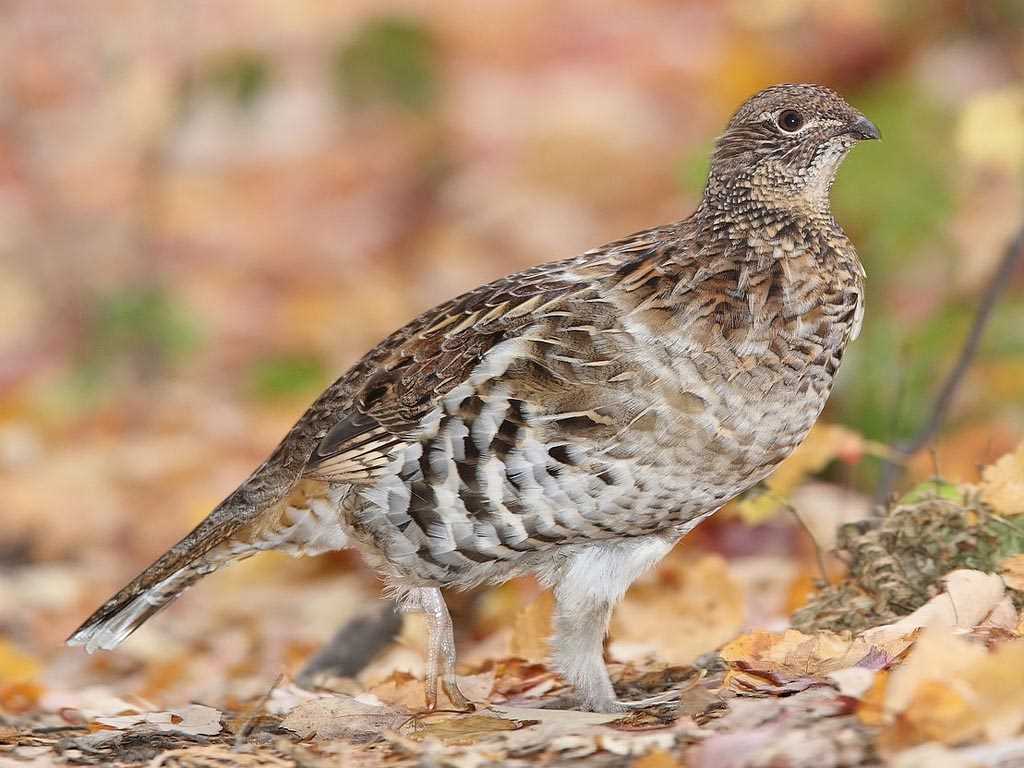
Consider your own gardening experience when choosing the right grouse for your garden. Some varieties are more forgiving and easier to care for, while others may require more attention and maintenance. If you’re a beginner gardener, it’s best to start with a variety that is known for its ease of care.
4. Desired Purpose
Think about what you want to achieve with your grouse plants. Are you looking for beautiful flowers to enhance the visual appeal of your garden? Or are you interested in growing grouse for their edible berries or medicinal properties? Different varieties have different purposes, so it’s important to choose accordingly.
5. Research and Consultation
Lastly, don’t hesitate to do your research and consult with experts or other gardeners in your area. They can provide valuable insights and recommendations based on their own experiences. Take the time to read books, websites, and forums dedicated to grouse gardening to gather as much information as possible before making your decision.
By considering these factors and doing your due diligence, you can choose the right grouse for your garden and set yourself up for a successful and enjoyable gardening experience.
Tips for Planting and Caring for Grouse
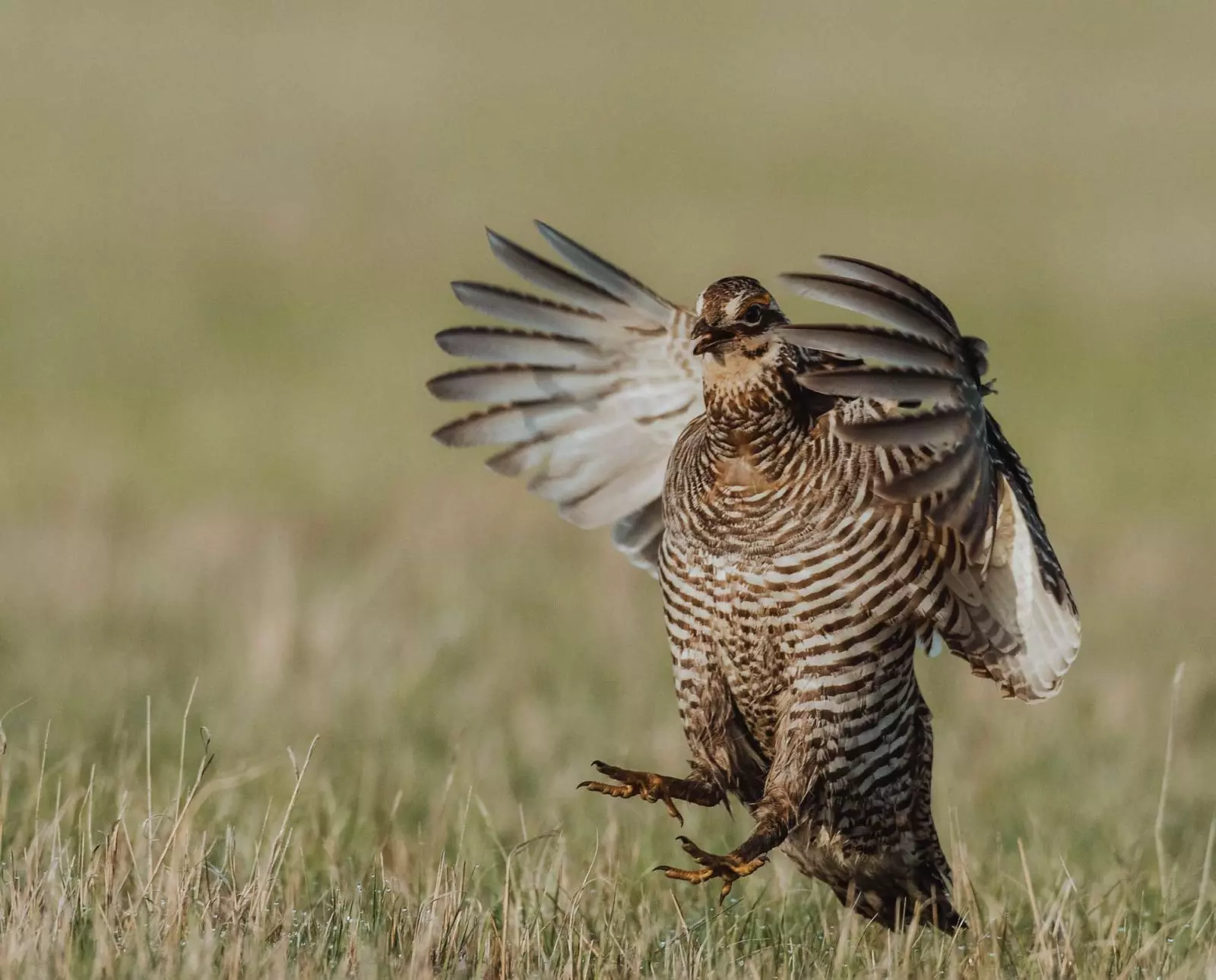
- Choose the right location for your grouse plants. They thrive in full sun or partial shade and prefer well-drained soil.
- Prepare the soil before planting by loosening it and adding organic matter, such as compost or aged manure, to improve the soil’s fertility and drainage.
- Plant grouse in early spring or early fall. Make sure to space the plants at least 18 inches apart to allow for proper air circulation and growth.
- Water the plants regularly, especially during dry periods. Grouse plants require consistent moisture, but avoid overwatering as it can lead to root rot and other diseases.
- Apply a layer of mulch around the plants to help conserve moisture and suppress weed growth. Keep the mulch a few inches away from the plant stems to prevent rot.
- Fertilize the plants once a month during the growing season with a balanced fertilizer. Follow the manufacturer’s instructions for application rates.
- Prune grouse plants in late winter or early spring to remove any dead, damaged, or weak branches. This will help promote new growth and maintain a desirable shape.
- Monitor the plants for any signs of pests or diseases, such as aphids or powdery mildew. Treat accordingly using organic or chemical methods to prevent further damage.
- Harvest grouse when the fruits are ripe. Gently twist or cut the fruits from their stems to avoid damaging the plants. Enjoy fresh or use them in various recipes.
By following these tips, you can ensure the successful planting and care of your grouse plants, allowing you to enjoy their beauty and delicious fruits in your garden for years to come.
Common Issues and How to Deal with Them
Pests
Grouse plants are susceptible to certain pests such as aphids, snails, and slugs. These pests can cause damage to the leaves, stems, and flowers of the plants. To deal with these pests, you can:
- Inspect your plants regularly for any signs of infestation.
- Remove any affected leaves or flowers and dispose of them properly.
- Use organic pest control methods such as spraying a mixture of water and mild soap on the affected areas.
- Place beer traps to catch snails and slugs.
Diseases
Grouse plants can also be prone to certain diseases such as powdery mildew and root rot. To prevent and treat these diseases, you can:
- Ensure proper air circulation around the plants by spacing them adequately.
- Avoid overwatering the plants to prevent root rot.
- Apply fungicides or natural remedies such as neem oil to control powdery mildew.
- Remove and destroy any infected plant parts.
Improper Growing Conditions
If the plants are not growing well or producing poor quality fruit, it may be due to improper growing conditions. To address this issue, you can:
- Ensure that the plants are planted in well-draining soil.
- Provide sufficient sunlight for the plants, at least 6-8 hours per day.
- Regularly fertilize the plants with a balanced fertilizer to provide essential nutrients.
- Water the plants consistently, keeping the soil moist but not waterlogged.
Competition with Weeds
Weeds can compete with grouse plants for nutrients and water, which can affect their growth and productivity. To control weeds and minimize their impact, you can:
- Mulch the area around the plants to suppress weed growth.
- Manually remove weeds from the garden beds regularly.
- Use herbicides sparingly and only as a last resort.
Harvesting Issues
Proper harvesting techniques are essential for grouse plants to ensure continuous growth and productivity. To avoid common harvesting issues, you can:
- Harvest the fruits when they are fully ripe to maximize flavor and sweetness.
- Use sharp pruning shears or scissors to avoid damaging the plant.
- Do not pull the fruits forcefully as it can damage the plant and its roots.
- Do not overharvest the plants to allow them to continue producing.
Conclusion
By being aware of these common issues and their solutions, you can ensure the healthy growth and productivity of your grouse plants in the garden. Regular monitoring and proper care are key to successful cultivation.
Delicious Recipes Using Grouse
Grouse with Red Wine Sauce
This recipe combines the rich flavors of grouse with a savory red wine sauce.
- Ingredients:
- 2 grouse
- Salt and pepper to taste
- 1 cup red wine
- 2 tablespoons butter
- 2 cloves garlic, minced
- 1 sprig rosemary
- 1 sprig thyme
- Instructions:
- Preheat your oven to 400°F (200°C).
- Season the grouse with salt and pepper.
- In a large skillet, melt the butter over medium heat.
- Add the grouse and cook until browned on all sides.
- Transfer the grouse to a baking dish and set aside.
- In the same skillet, add the garlic, red wine, rosemary, and thyme.
- Simmer for about 5 minutes, until the wine has reduced slightly.
- Pour the wine sauce over the grouse in the baking dish.
- Cover the baking dish with foil and roast in the oven for 20-25 minutes, or until the grouse is cooked through.
- Remove the foil and broil for an additional 5 minutes to crisp up the skin.
- Serve the grouse with the red wine sauce and enjoy!
Grilled Grouse Salad
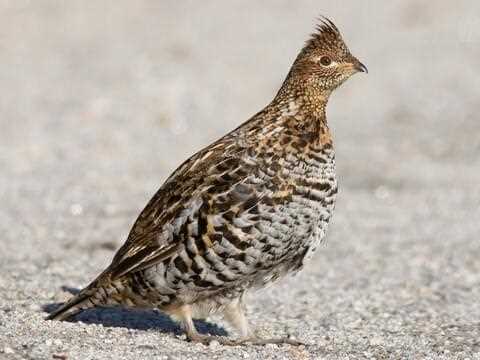
This light and refreshing salad is a perfect way to showcase the delicate flavors of grouse.
- Ingredients:
- 4 grouse breasts
- Salt and pepper to taste
- 4 cups mixed salad greens
- 1 cup cherry tomatoes, halved
- 1/2 cup sliced red onions
- 1/4 cup crumbled feta cheese
- 2 tablespoons balsamic vinegar
- 2 tablespoons olive oil
- Instructions:
- Preheat your grill to medium-high heat.
- Season the grouse breasts with salt and pepper.
- Grill the grouse breasts for 4-5 minutes per side, or until cooked through.
- Remove the grouse from the grill and let them rest for a few minutes.
- In a large bowl, combine the salad greens, cherry tomatoes, red onions, and feta cheese.
- In a small bowl, whisk together the balsamic vinegar and olive oil to make the dressing.
- Thinly slice the grouse breasts and add them to the salad.
- Drizzle the dressing over the salad and toss to combine.
- Serve the grilled grouse salad and enjoy!
Grouse Stew
This hearty stew is a comforting and delicious way to enjoy grouse.
- Ingredients:
- 2 grouse, cut into serving pieces
- 1/4 cup all-purpose flour
- Salt and pepper to taste
- 2 tablespoons vegetable oil
- 1 onion, diced
- 2 carrots, diced
- 2 celery stalks, diced
- 4 cloves garlic, minced
- 2 sprigs thyme
- 2 cups chicken broth
- 1 cup red wine
- 1 bay leaf
- Instructions:
- In a large bowl, combine the flour, salt, and pepper.
- Dredge the grouse pieces in the flour mixture, shaking off any excess.
- In a large pot or Dutch oven, heat the vegetable oil over medium-high heat.
- Add the grouse pieces and brown them on all sides.
- Remove the grouse from the pot and set aside.
- Add the onion, carrots, celery, garlic, and thyme to the pot.
- Cook until the vegetables are softened, about 5 minutes.
- Return the grouse to the pot and add the chicken broth, red wine, and bay leaf.
- Bring the stew to a boil, then reduce the heat to low and simmer for 1-2 hours, until the grouse is tender.
- Remove the bay leaf and thyme sprigs before serving.
- Serve the grouse stew hot and enjoy!
Questions and Answers:
What is a grouse?
Grouse is a small bird that belongs to the family Tetraonidae. They are known for their plump bodies and short wings.
Can grouse be grown in a garden?
No, grouse cannot be grown in a garden. They are wild birds that prefer living in natural habitats such as forests and moorlands.
What types of grouse are there?
There are several types of grouse, including the Willow Grouse, Black Grouse, and Red Grouse.
What is the difference between Willow Grouse and Black Grouse?
The Willow Grouse is smaller in size and has a white plumage, while the Black Grouse is larger and has dark feathers with a white underbelly.
Are there any specific varieties of grouse?
Yes, there are different varieties of grouse within each type. For example, the Willow Grouse has several subspecies found in different regions.
What are the habitat requirements for grouse?
Grouse prefer habitats with dense vegetation, such as forests and moorlands. They also need open spaces for mating displays and feeding.
How can I attract grouse to my garden?
It is not possible to attract grouse to a garden as they are wild birds. However, you can create a bird-friendly habitat by growing native plants and providing food and water for other bird species.







